Molino Quemado, a Journey into Gran Canaria’s Milling Tradition
The new Cereal Interpretation Centre of Mogán also features a local dining area, water channels, plantations, and informative panels.
Some buildings leave a lasting mark on the landscape. The Molino Quemado of Mogán is one of those landmarks that always catches the eye with its imposing presence and beauty. Fortunately, we can now do more than admire it from the outside — we can step inside and explore it, embarking on a journey into the island’s milling heritage. Not only do the informative panels detail the features of this 19th-century mill, which played a key role in the agricultural and economic life of Mogán and its surroundings, but they also introduce us to the various types of mills that once existed, the grains that were milled, and the workings of the machinery that so many people on Gran Canaria depended on.
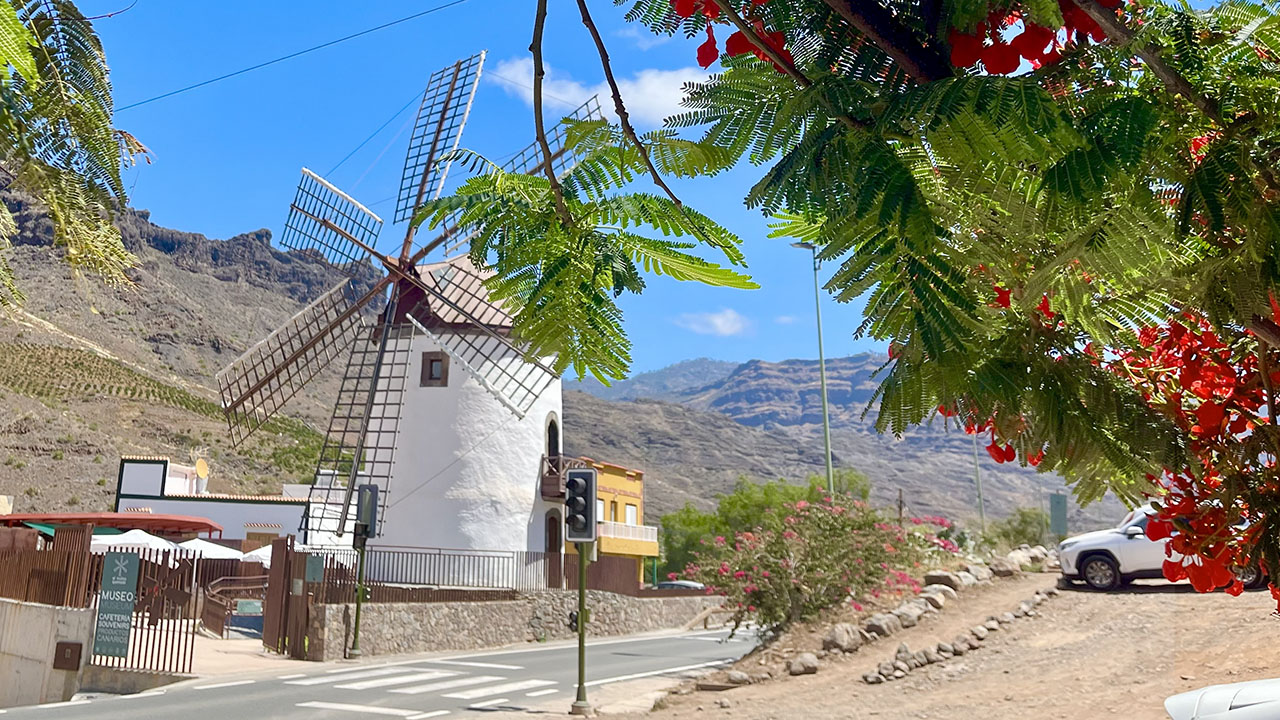
The site where Molino Quemado now stands as a Cereal Interpretation Centre is easily accessible and welcoming to visitors. You’ll find it along the road that connects Puerto de Mogán with the town centre, in an area appropriately named Molino de Viento. It offers ample parking just before reaching the heart of Mogán. Once parked, a traffic light has been installed to ensure visitors can cross the road safely.
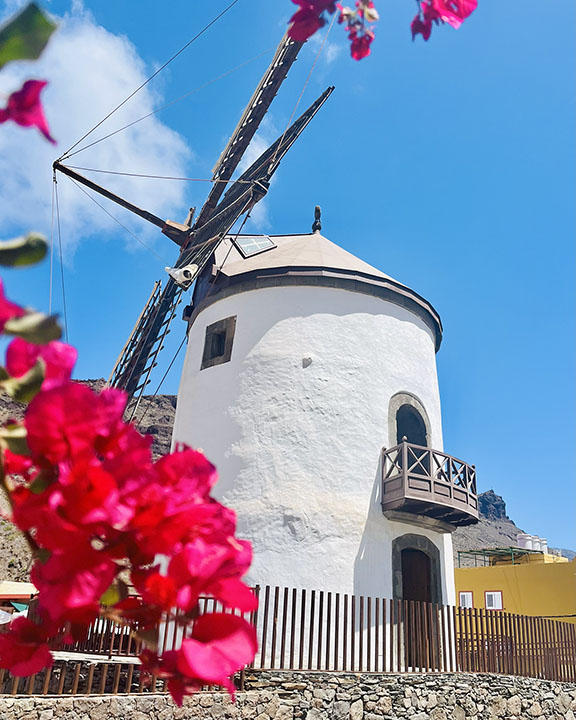
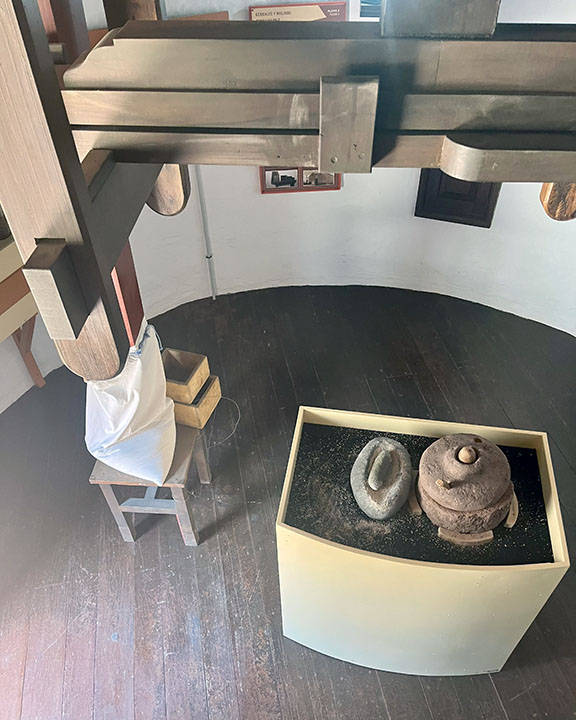
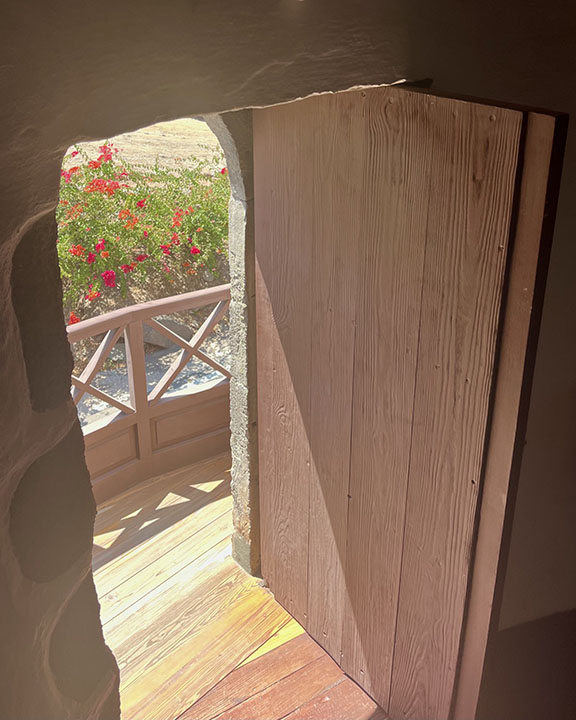
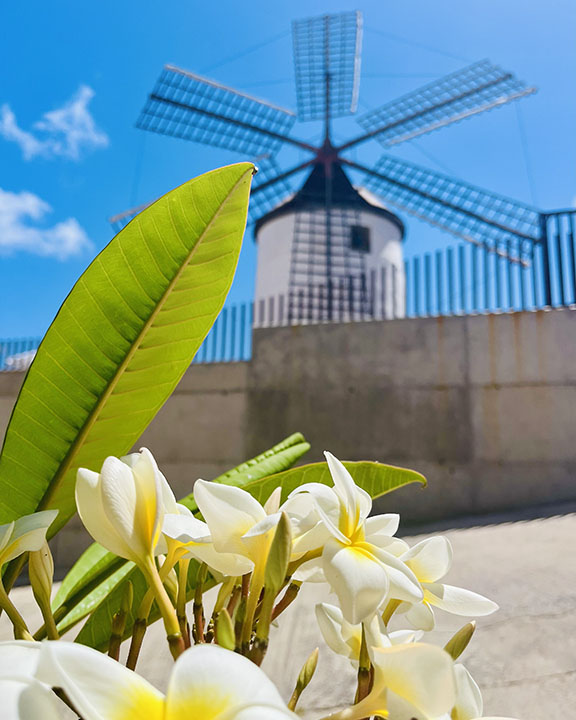
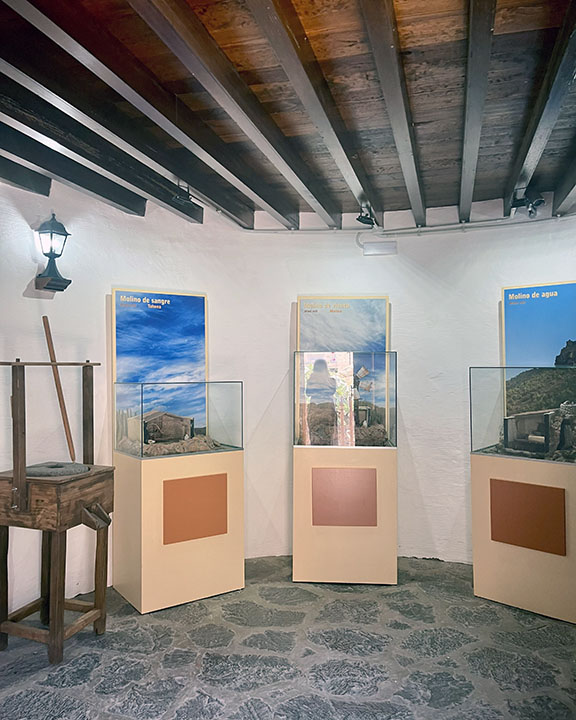
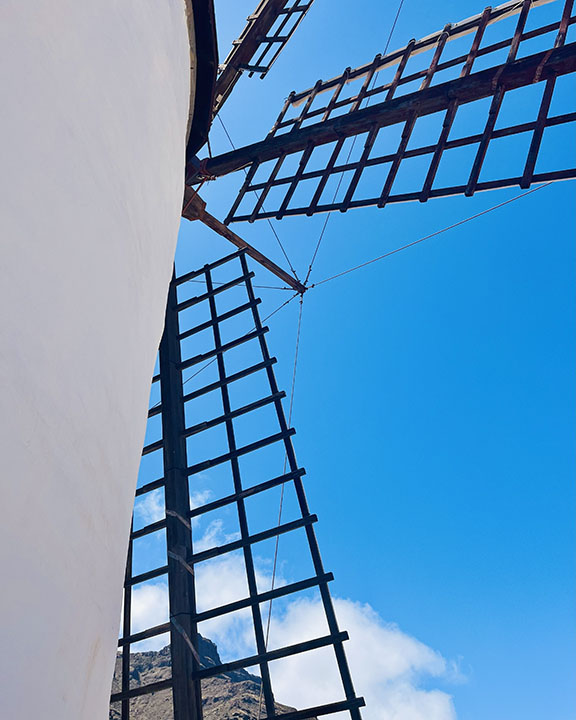
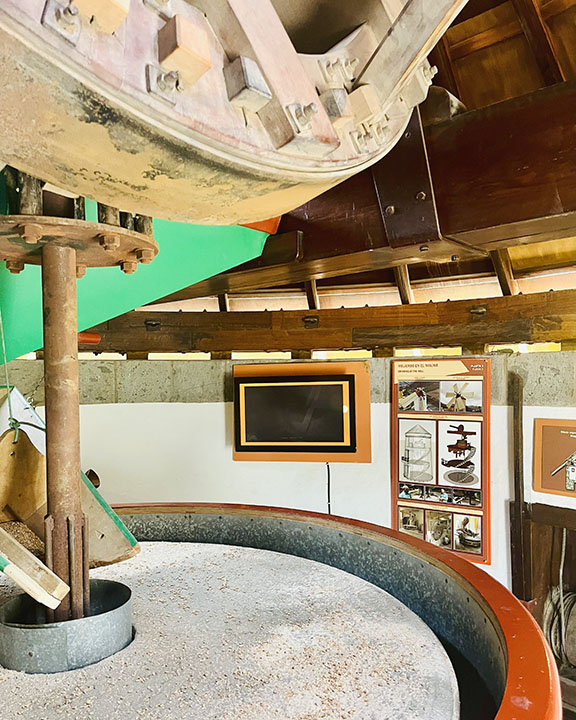
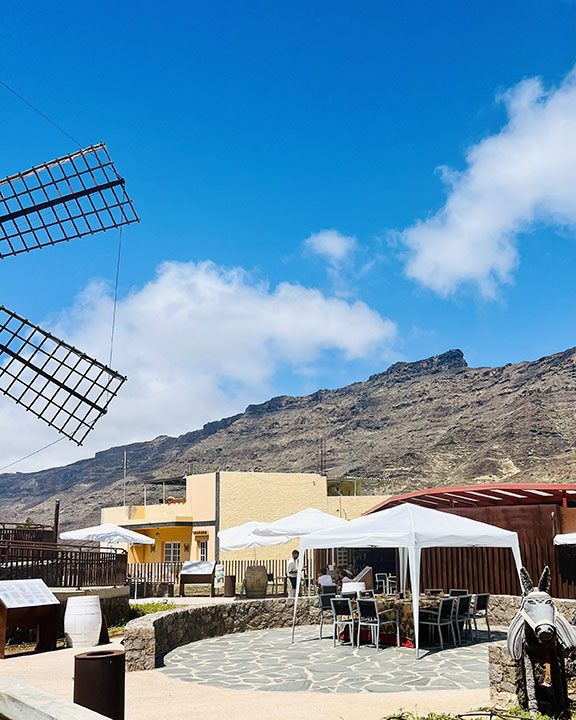
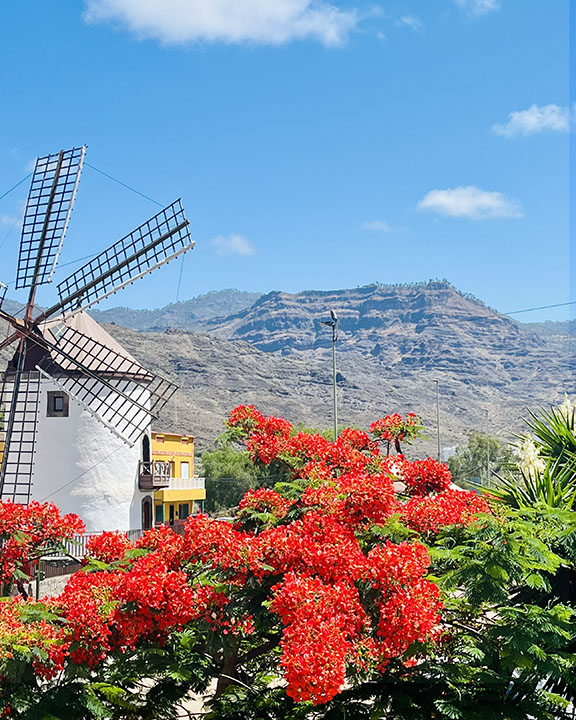
All the while, the imposing sails of the mill remain in view. Nearby, there's also a charming café perfectly integrated into the tourist setting, where visitors can enjoy wines, cheeses, olives, and a variety of local delicacies from Gran Canaria. The décor, product presentation, and attention to detail in this gastronomic corner enhance the experience and make the visit even more engaging. But the attraction isn’t limited to the interior of the mill, where visitors can climb its three floors and discover each component and how the entire mechanism operates. Surrounding Molino Quemado, corn has been planted and a traditional circular stone threshing floor has been recreated, along with a small cantonera — a water distribution channel — whose refreshing sound accompanies you as you walk through the area, set against a backdrop of mountains and rocky cliffs. The informative panels also provide insight into the region’s water culture, agricultural practices, local architecture, and the full journey of grain — from planting to its final place on the table.

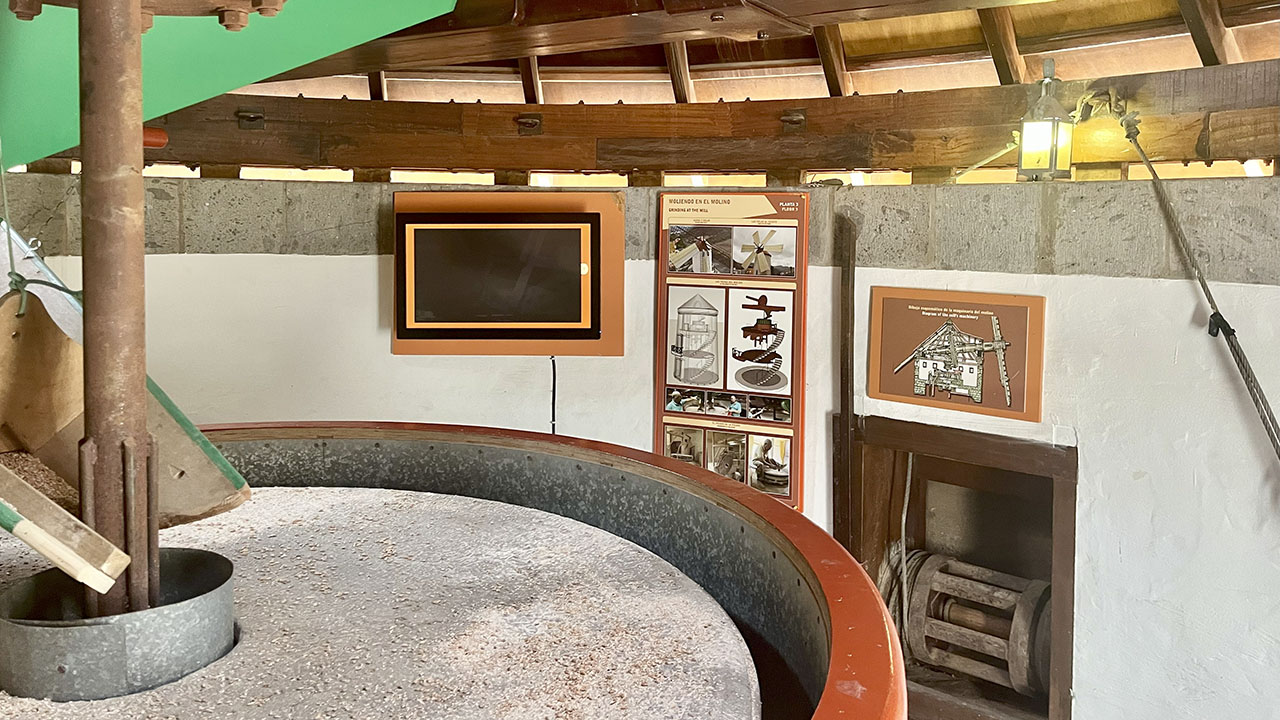
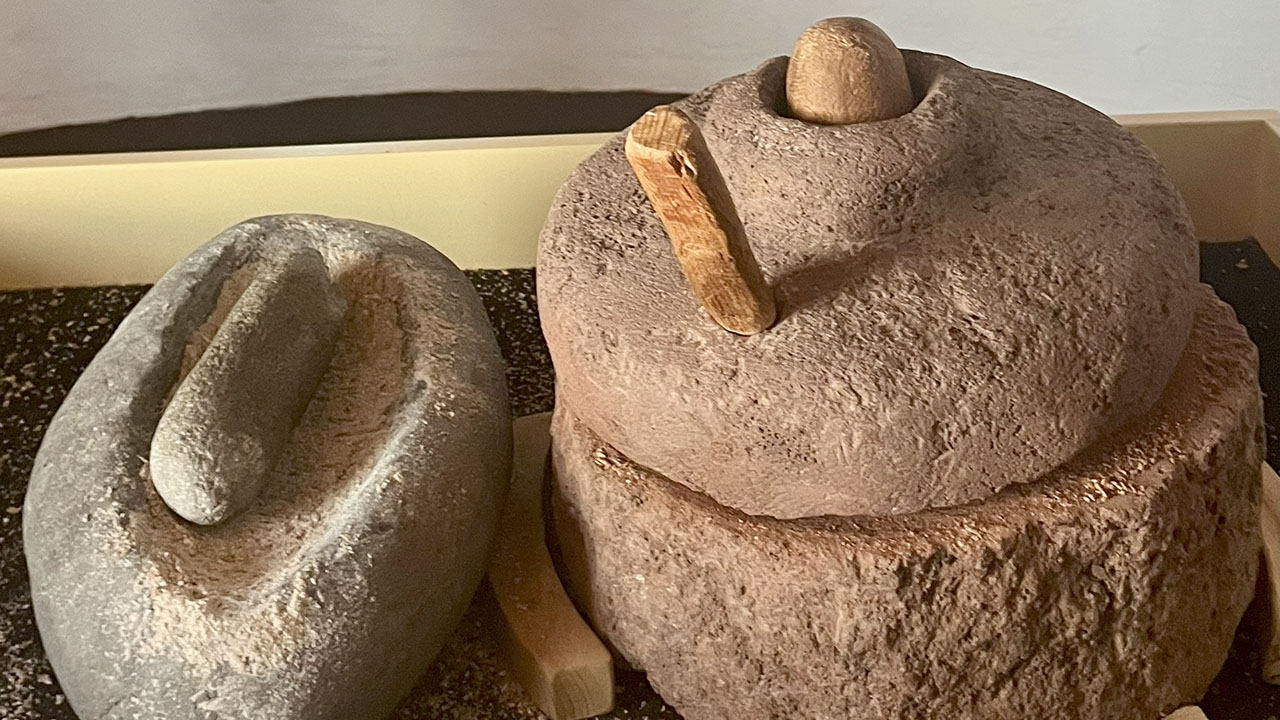
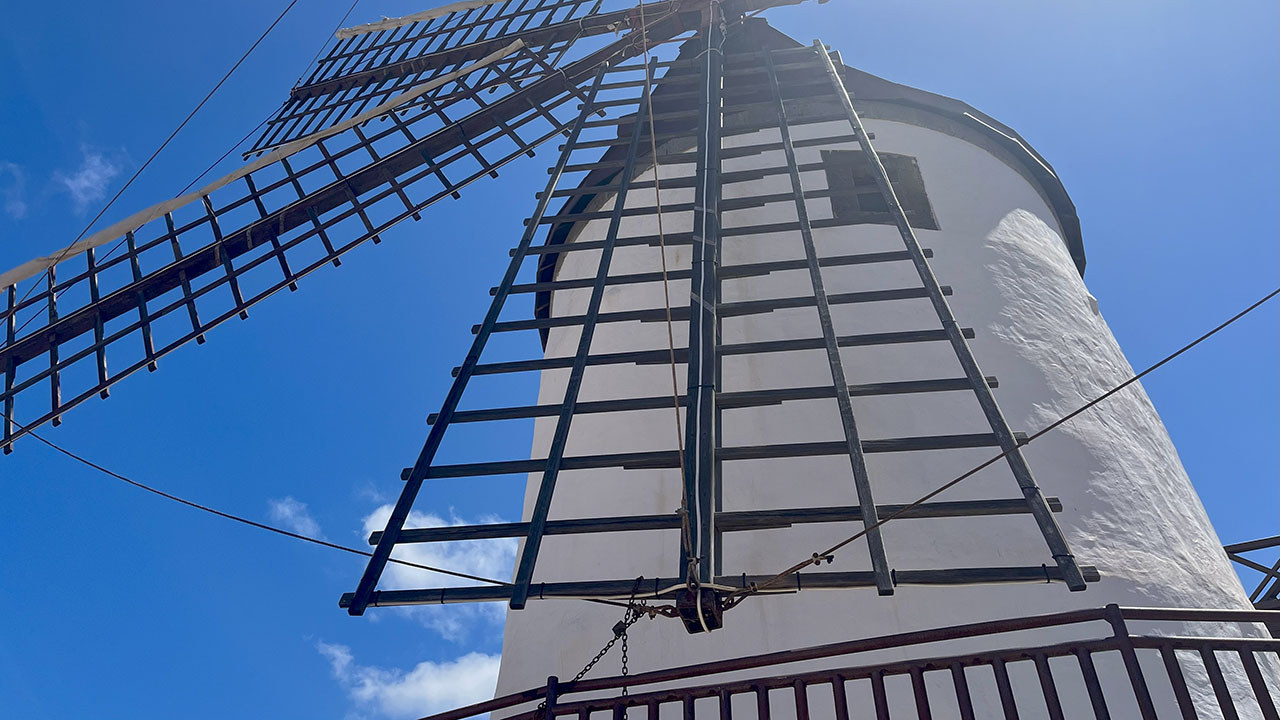
And Molino Quemado offers even more attractions to plan a visit around. Some of the most renowned hiking trails in the Mogán area start right from the mill’s parking area. Some of the most well-known hiking routes in the Mogán area begin right from Molino Quemado’s parking area. You can follow the Mogán ravine trail on foot and reach the town centre in just a short walk, or continue along the path all the way to the village of Veneguera. The round trip takes about five hours. Another option is to hike up to Llanos del Guirre and continue through Degollada de Las Lapas up to Montaña de Tauro, then return to the starting point in about seven hours. This last route is steep and a bit more demanding, but the stunning views along the way are well worth the effort. All trails are clearly marked, with their place names shown on an information board located just opposite the ethnographic monument, which opened its doors this past February.
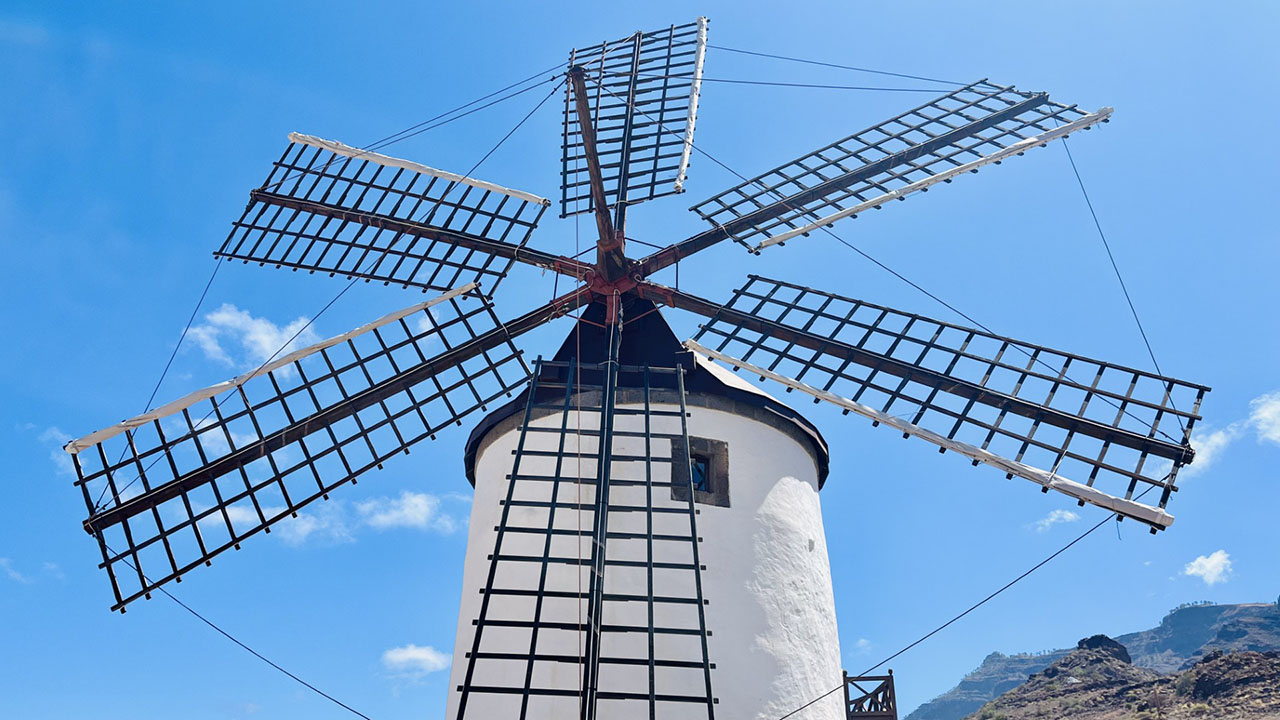
In short, Molino Quemado offers a wide range of complementary activities that make a visit even more worthwhile — including the option to enjoy drinks and tapas at the museum’s café after your hiking adventure. But the real highlight is the opportunity to visit and admire, from the inside and beneath its majestic sails, a mill that has been officially declared a Site of Cultural Interest in the category of ethnological heritage — without a doubt, one of the iconic landmarks of Gran Canaria’s landscape.

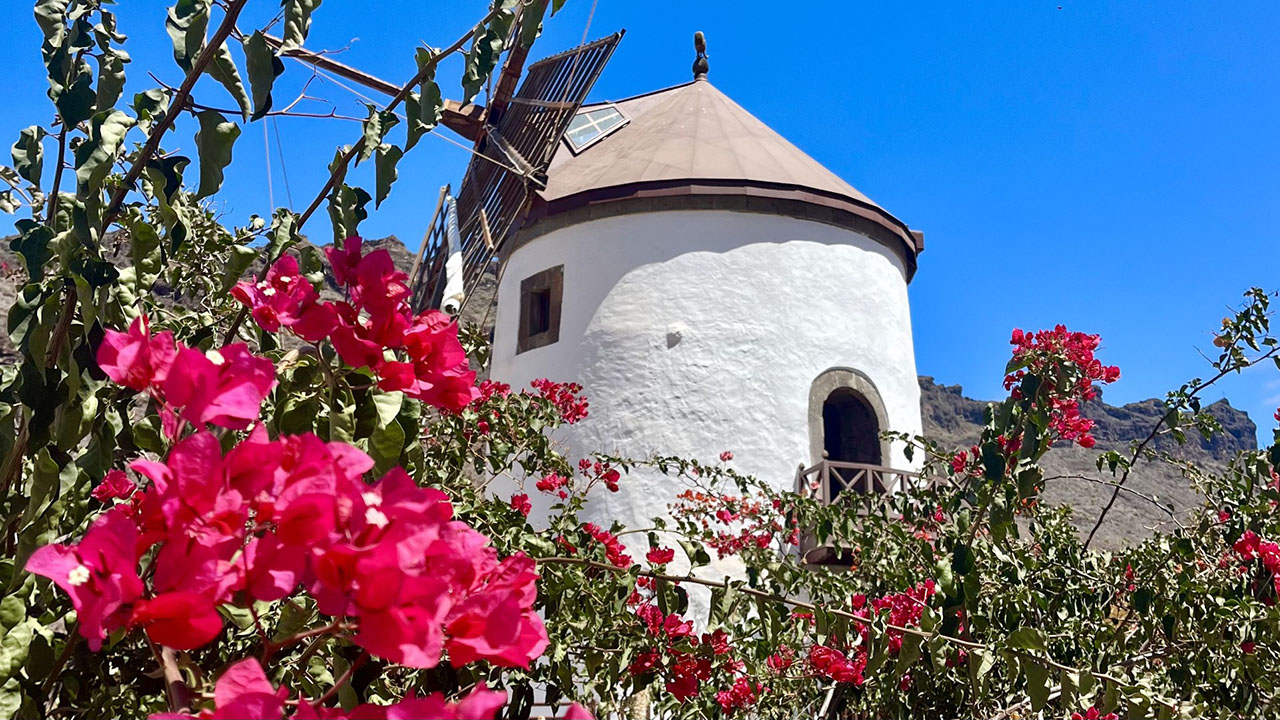
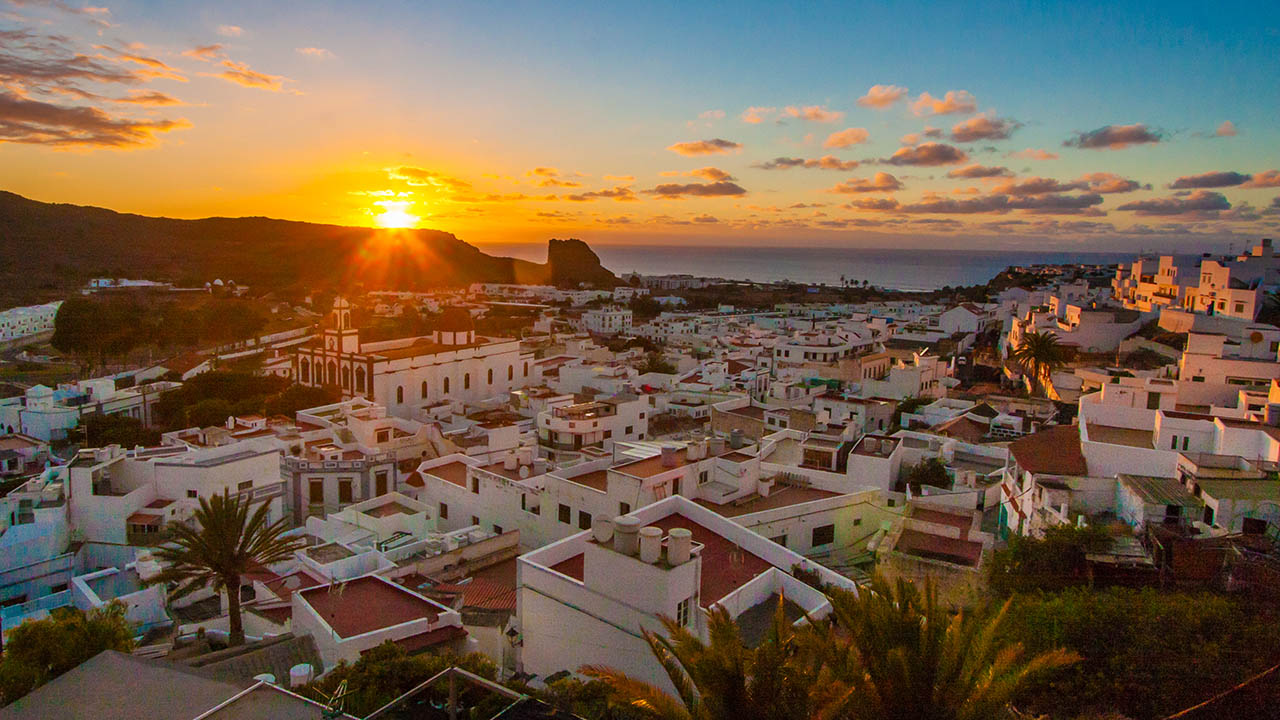

Comments are disabled for this post.